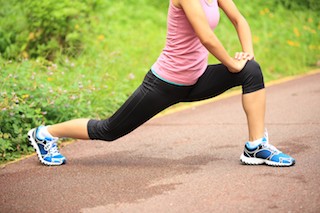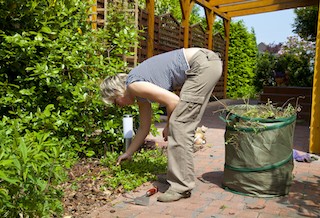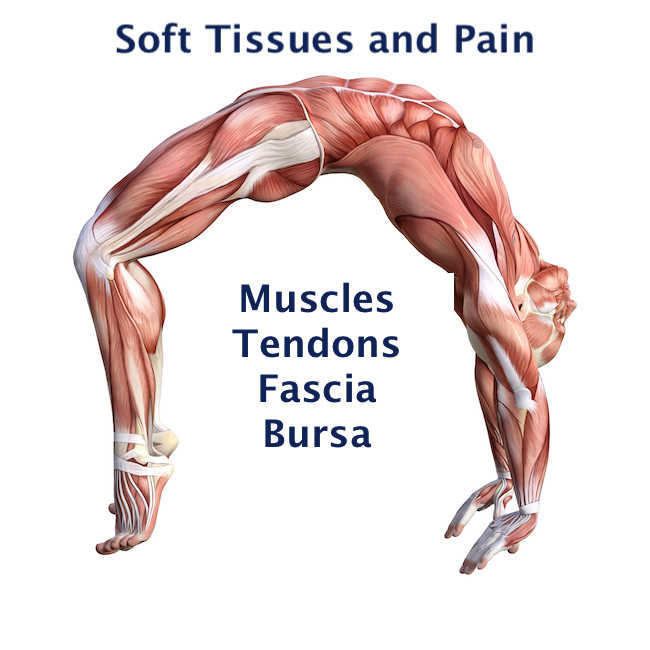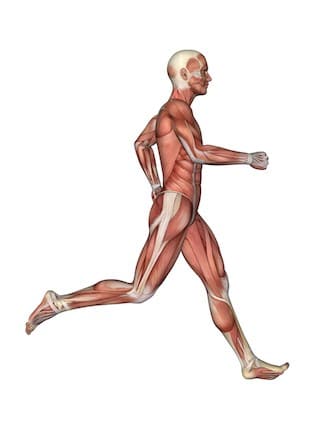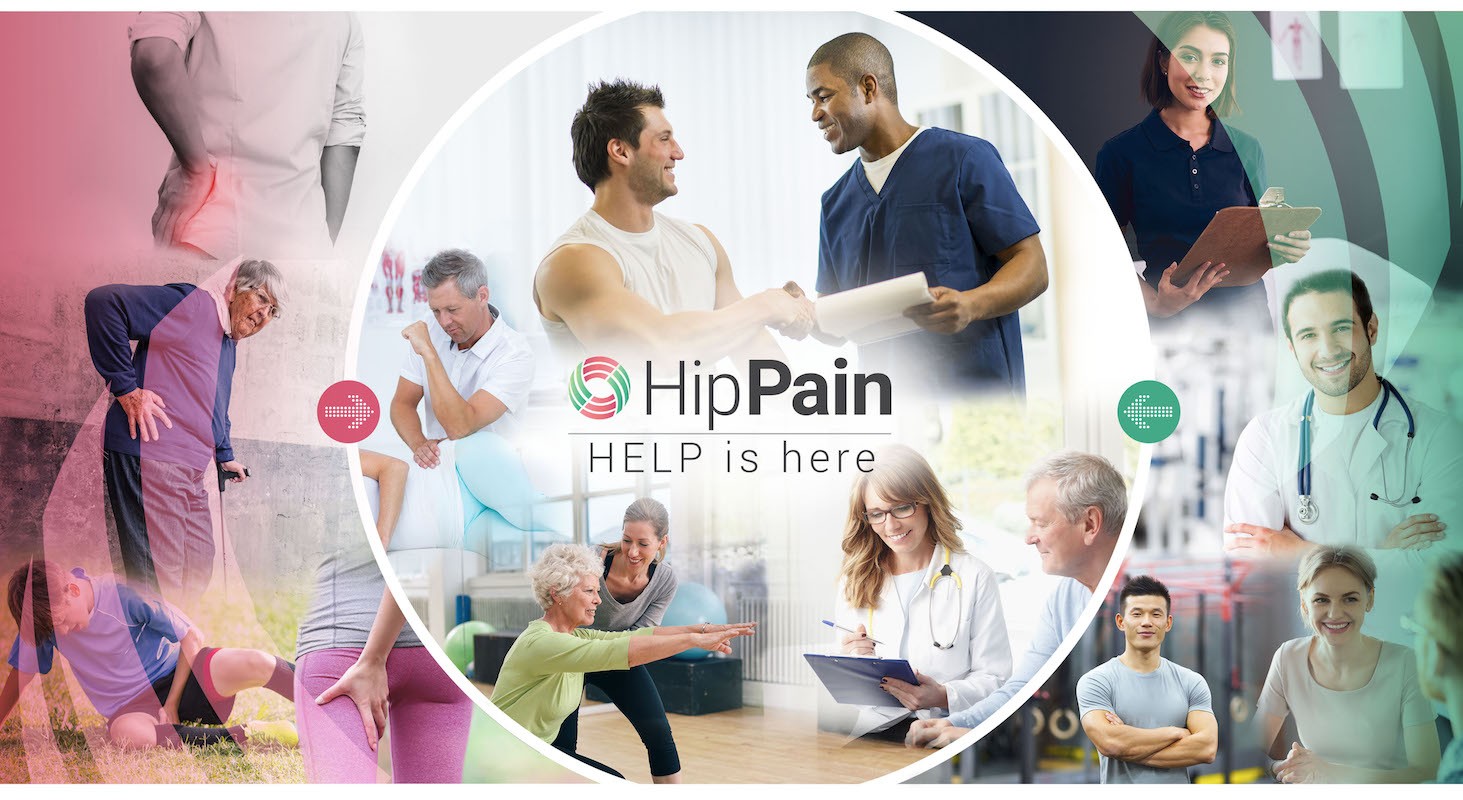Muscles, tendons, bursa and fascia – the soft tissue structures of the hip and pelvis
Soft tissue related pain refers to pain in the ‘soft tissues’. But what are the ‘soft tissues’ – what on earth does that mean?
When referring to the human body, the term ‘soft tissues’ refers to non-bony structures that connect, support, or surround other structures. Soft tissues then include:
- the muscles, which allow you to move
- the tendons, which connect your muscles to the bone
- the bursae – small, flat pockets of fluid that help all these things slide and glide against one another, reducing friction. There are bursae are all around the body in places where different structures may rub against one another, for example where a tendon runs around a bone.
- the fascia – stretchy, thin, white fibrous tissue. All our muscles are enveloped in fascia, like stretchy stockings that help transfer energy from muscle and movement. Fascia also forms sheaths or tunnels for safe passage of blood vessels and nerves and wraps and supports all our bodily organs.
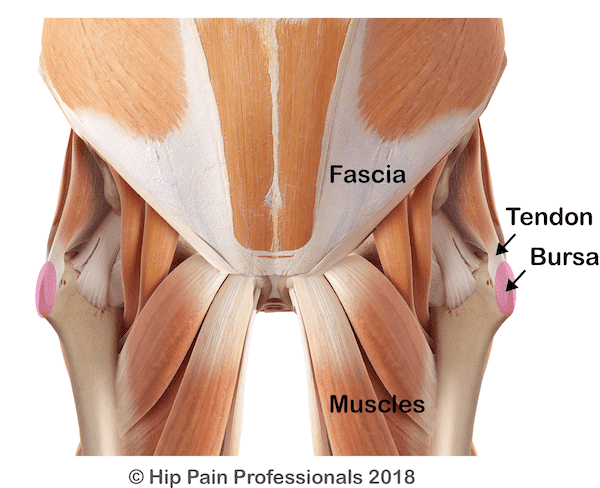

Soft Tissue Related Pain of the Hip and Pelvis
Pain around the hip and pelvis may be related to any of the extensive soft tissues surrounding the hip and pelvis that are essential to postural support and movement. Soft tissue related pain may develop in association with:


